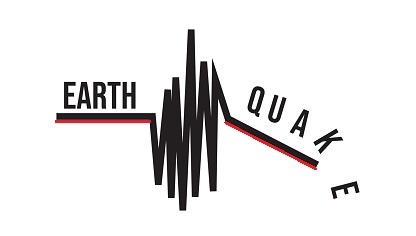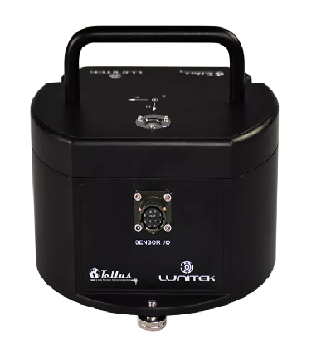

A seismometer is an instrument that responds to ground noises and shaking such as caused by quakes, volcanic eruptions, and explosions. They are usually combined with a timing device and a recording device to form a seismograph. The output of such a device formerly recorded on paper (see picture) or film, now recorded and processed digitally is a seismogram. Such data is used to locate and characterize earthquakes, and to study the Earth’s internal structure.
Esedios had tied up with a leading Italian seismograph manufacturer Lunitek for giving the accurate prediction and warning messages in real-time.

HIGH ACCURACY
Lunitek broadband is manufactured using high quality MET sensors whose frequency response can also be tuned electronically to custom periods, with high thermal stability and low noise components. The transduction factor of every single unit is individually calibrated on the shake table with an accuracy within ±1%.
FROM 30 DOWN TO 120 SECOND PERIOD
Seismograph broadband exhibit a flat bandpass up to 50Hz or optionally up to 100Hz.
The lower frequency corner is 0.033Hz (30 seconds) for the 30s, 0.016Hz (60 seconds) for the 60s and 0.0083 Hz (120 seconds) for the 120s.
The standard transduction factor is 2000V/m/s but customizable in the range 350 ÷ 20000; the output is differential.
ROBUST
Lunitek broadband is manufactured in aluminum hard coated housing and does not need mass locking or centering and therefore is well-suited to harsh environments.
A leveling bubble and adjustable spikes are provided for an easy regulation and quick installation.
Lunitek broadband family is available in two versions: the Tellus Compact which is small and light and the Tellus Full-size which offers the highest performance.
Tellus PH is a variant of the compact which is ideal for post hole installations.
